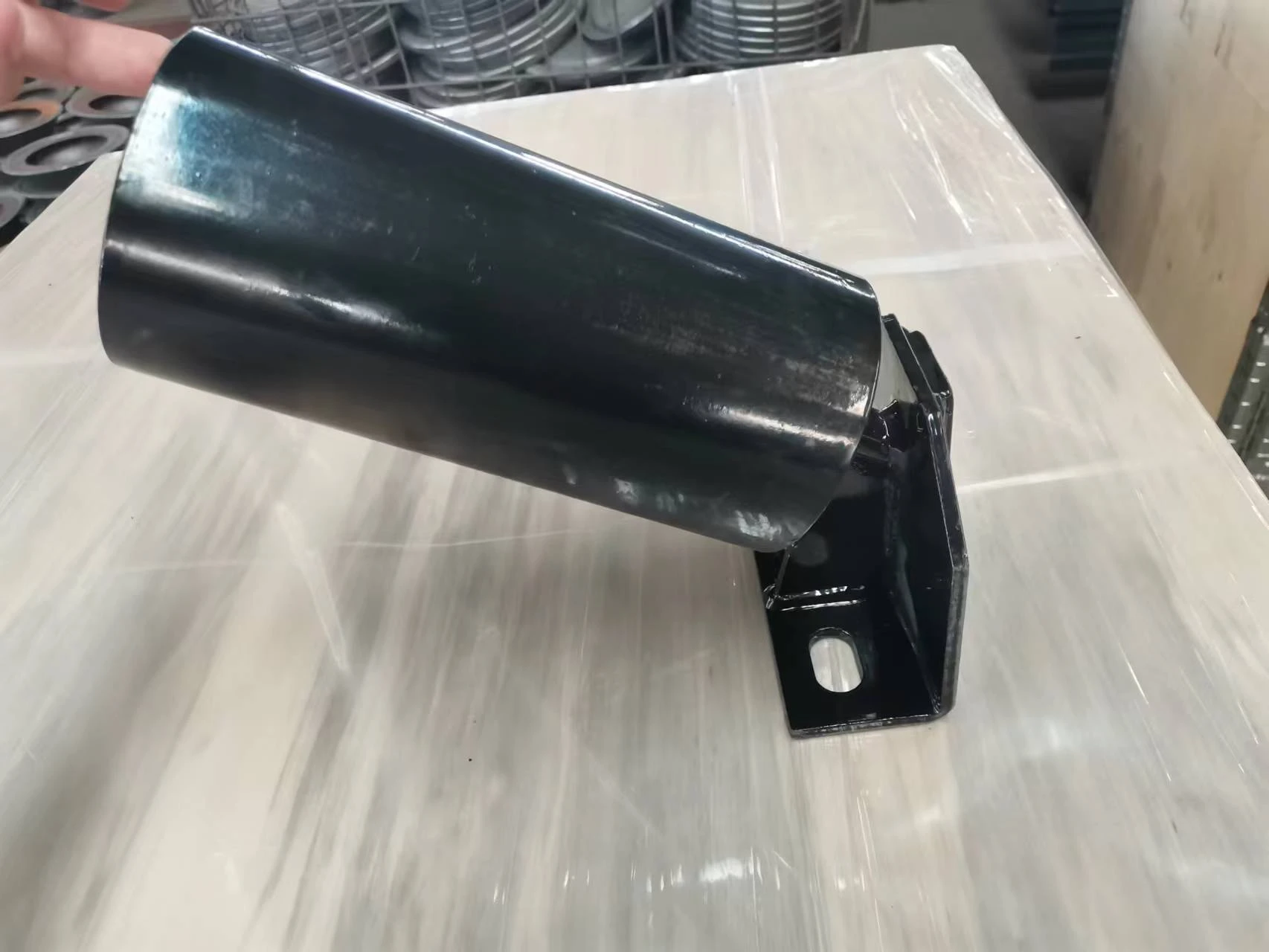 Afrikaans
Afrikaans  Albanian
Albanian  Amharic
Amharic  Arabic
Arabic  Armenian
Armenian  Azerbaijani
Azerbaijani  Basque
Basque  Belarusian
Belarusian  Bengali
Bengali  Bosnian
Bosnian  Bulgarian
Bulgarian  Catalan
Catalan  Cebuano
Cebuano  Corsican
Corsican  Croatian
Croatian  Czech
Czech  Danish
Danish  Dutch
Dutch  English
English  Esperanto
Esperanto  Estonian
Estonian  Finnish
Finnish  French
French  Frisian
Frisian  Galician
Galician  Georgian
Georgian  German
German  Greek
Greek  Gujarati
Gujarati  Haitian Creole
Haitian Creole  hausa
hausa  hawaiian
hawaiian  Hebrew
Hebrew  Hindi
Hindi  Miao
Miao  Hungarian
Hungarian  Icelandic
Icelandic  igbo
igbo  Indonesian
Indonesian  irish
irish  Italian
Italian  Japanese
Japanese  Javanese
Javanese  Kannada
Kannada  kazakh
kazakh  Khmer
Khmer  Rwandese
Rwandese  Korean
Korean  Kurdish
Kurdish  Kyrgyz
Kyrgyz  Lao
Lao  Latin
Latin  Latvian
Latvian  Lithuanian
Lithuanian  Luxembourgish
Luxembourgish  Macedonian
Macedonian  Malgashi
Malgashi  Malay
Malay  Malayalam
Malayalam  Maltese
Maltese  Maori
Maori  Marathi
Marathi  Mongolian
Mongolian  Myanmar
Myanmar  Nepali
Nepali  Norwegian
Norwegian  Norwegian
Norwegian  Occitan
Occitan  Pashto
Pashto  Persian
Persian  Polish
Polish  Portuguese
Portuguese  Punjabi
Punjabi  Romanian
Romanian  Russian
Russian  Samoan
Samoan  Scottish Gaelic
Scottish Gaelic  Serbian
Serbian  Sesotho
Sesotho  Shona
Shona  Sindhi
Sindhi  Sinhala
Sinhala  Slovak
Slovak  Slovenian
Slovenian  Somali
Somali  Spanish
Spanish  Sundanese
Sundanese  Swahili
Swahili  Swedish
Swedish  Tagalog
Tagalog  Tajik
Tajik  Tamil
Tamil  Tatar
Tatar  Telugu
Telugu  Thai
Thai  Turkish
Turkish  Turkmen
Turkmen  Ukrainian
Ukrainian  Urdu
Urdu  Uighur
Uighur  Uzbek
Uzbek  Vietnamese
Vietnamese  Welsh
Welsh  Bantu
Bantu  Yiddish
Yiddish  Yoruba
Yoruba  Zulu
Zulu Self-Correcting Tensioning Idler for Enhanced Conveyor System Performance
Understanding Self-Aligning Carrying Idlers
In the realm of material handling and conveyor systems, efficiency and reliability are crucial. The self-aligning carrying idler stands as a vital component in these systems, designed to enhance performance while reducing operational issues. This article delves into the principles, types, applications, and advantages of self-aligning carrying idlers.
What is a Self-Aligning Carrying Idler?
A self-aligning carrying idler is a specialized type of idler used in conveyor belt systems. Its primary function is to support the weight of the conveyor belt and the load it carries while ensuring alignment during operation. Traditional idlers can struggle with misalignment, leading to increased wear on conveyor components, uneven load distribution, and ultimately, costly downtimes. The self-aligning feature addresses these challenges by automatically adjusting to the belt's path changes.
Principles of Operation
Self-aligning carrying idlers operate based on a simple yet effective principle. Instead of being fixed in place, these idlers can pivot or rotate to follow the belt's alignment. This flexibility allows them to accommodate misalignments caused by factors such as loading variations, belt stretch, and wear over time. The design typically incorporates a roller supported by a swivel mechanism, allowing it to move freely while maintaining contact with the belt.
Types of Self-Aligning Carrying Idlers
There are several types of self-aligning carrying idlers, each tailored for specific applications and environments
1. Pivoting Idlers These idlers feature a pivot point that allows the roller to redirect itself back to the center of the conveyor belt when misalignment occurs.
2. Return Idlers Designed for the return side of the conveyor, these idlers help maintain belt alignment as the unloaded side returns to the head pulley for re-loading.
3. Flanged Roller Idlers These idlers have flanges on the sides of the rollers to further assist in guiding the belt and preventing lateral movement off the idler.
4. Adjustable Idlers Some self-aligning idlers include adjustable components that allow for manual fine-tuning to better suit specific applications or belt specifications.
Applications
self aligning carrying idler

Self-aligning carrying idlers are widely used across various industries. Their applications include
- Mining and Quarrying In environments where heavy materials are conveyed over long distances, self-aligning idlers help maintain efficiency and reduce wear on the machinery.
- Food Processing These idlers are ideal for food maintenance systems, where alignment is crucial to prevent contamination and ensure product safety.
- Manufacturing and Distribution Conveyor systems in warehouses rely on self-aligning idlers to promote smooth operations, handling packages and materials safely and efficiently.
- Agriculture From grain handling to material transport, self-aligning idlers are indispensable for ensuring that conveyor systems operate seamlessly in farming operations.
Advantages of Self-Aligning Carrying Idlers
The integration of self-aligning carrying idlers into conveyor systems offers numerous advantages
1. Reduced Maintenance By minimizing misalignment issues, self-aligning idlers significantly decrease the need for constant adjustments and repairs.
2. Extended Equipment Life With less wear on the conveyor belt and related components, the overall lifespan of the equipment is increased, leading to lower replacement costs.
3. Increased Efficiency Proper alignment helps in the smooth operation of the conveyor, reducing energy consumption and optimizing productivity.
4. Enhanced Safety Self-aligning idlers contribute to safer operational conditions by preventing belt derailing or slippage, which can lead to accidents and injuries in the workplace.
Conclusion
Self-aligning carrying idlers are essential components in the operation of conveyor systems, offering a host of benefits that enhance performance and reduce operational risks. By understanding their functionality, types, applications, and advantages, industries can better implement these idlers to boost efficiency and reliability in their material handling processes. As technology advances, it will be exciting to see how self-aligning carrying idlers evolve further, potentially incorporating smart technology for even greater performance monitoring and adjustment.
-
Revolutionizing Conveyor Reliability with Advanced Rubber Lagging PulleysNewsJul.22,2025
-
Powering Precision and Durability with Expert Manufacturers of Conveyor ComponentsNewsJul.22,2025
-
Optimizing Conveyor Systems with Advanced Conveyor AccessoriesNewsJul.22,2025
-
Maximize Conveyor Efficiency with Quality Conveyor Idler PulleysNewsJul.22,2025
-
Future-Proof Your Conveyor System with High-Performance Polyurethane RollerNewsJul.22,2025
-
Driving Efficiency Forward with Quality Idlers and RollersNewsJul.22,2025





























